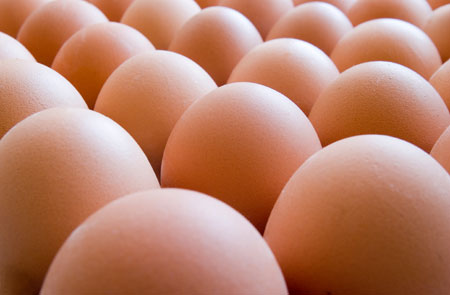Sustainability in Dutch egg production

ABSTRACT: Researchers in the Netherlands examined the innovations taken for sustainable egg production, the adjustments made in production to fit with social demands.
By: SF Spoelstra, PWG Groot Koerkamp, AP Bos, B Elzen and FR Leenstra
This paper describes an innovation line for sustainability in egg production in The Netherlands in the period 2002-2012. In the approach as well as in the analyses, insights from scientific disciplines that have studied transformations towards sustainability were adopted. Central stage is the project ‘Keeping and loving hens’ and its outcome, by a variety of follow up activities, in terms of technical changes as well as rearrangements of key players in the Dutch egg sector.
The ‘Keeping and loving hens’ project was meant to contribute to a change in the Dutch egg sector towards sustainability by explicating and integrating the basic needs of the hen, farmer and citizen in an interactive design process with stakeholder involvement.
At the end of the project, various other projects and activities by different key players has taken place, several of which have been evaluated and published. Together they provide a detailed description of a pathway of change. The multiple design goals included income for the farmer, acceptance by the public and improved animal welfare. Analyses has shown that designing well-founded images for laying hen husbandry systems created a learning network for sustainable egg production and elicited entrepreneurial innovations which gained the support of both animal welfare and retail organisations.
Furthermore, it prompted the government to develop additional policy instruments to support innovation for sustainable development. By early 2012, four laying hen farms in The Netherlands had adopted the principles developed in the project including functional areas for hens, coverable runs, no beak trimming and visitor’s facilities to improve local involvement. Their production represented about 0.4% of total egg production in The Netherlands.
The most important outcome, however, was a realignment of key players including farmers, retail, animal welfare organizations and government. Together they contribute to a pattern of emerging supply chains characterised by improved animal husbandry at the farm level in combination with an emerging market that is prepared to pay a premium for these products.
| This is an abstract from the World ‘s Poultry Science Association‘s Journal.
To purchase report options: |













